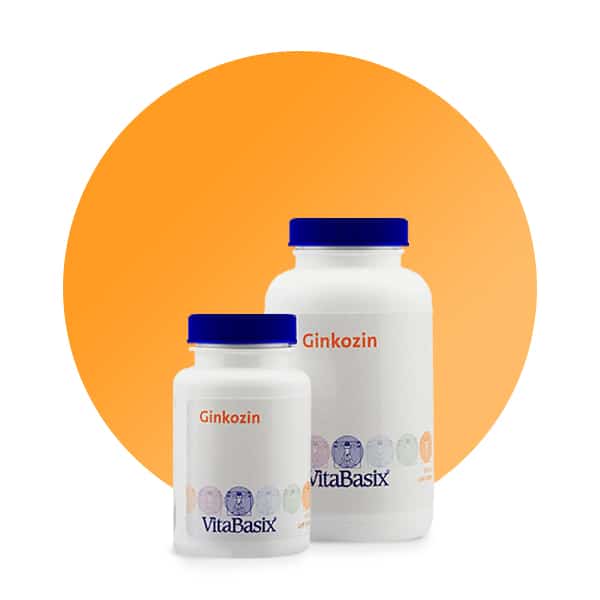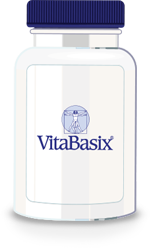The older our society as a whole gets, the more common memory problems become. Whether due to our stressful, modern lifestyles or the high expectations we or others place on ourselves, more and more people are becoming aware of this problem. The burden is borne by society as a whole. In the US alone, the annual cost is estimated at around $100 billion.
Ginkgo biloba is one of the oldest plants in the world, and huperzine A is extracted from the moss Huperzia serrata. Both nutrients have been used in traditional Chinese medicine (TCM) for thousands of years.
Ginkgo biloba: An extract from the leaves of the ginkgo tree, which originally grows in southern and eastern China but is now native to almost everywhere, has antioxidant properties and thus helps to protect the nerve cells from any damage. The active components of the leaves also inhibit platelet-activating factor (PAF) and thus support normal blood flow.
Huperzine A is an alkaloid found in Huperzia serrata (a moss that grows in the cool mountainous regions of China). The molecular structure of huperzine A (HupA) has been well researched and it has been shown that huperzine can have clear benefits in terms of brain performance as well as concentration.
The effect of HupA is based on the fact that it attaches itself to the acetylcholine molecule at the exact place where AChE, the enzyme that breaks down acetylcholine, would normally act. Its half-life of HupA is longer than that of AChE, so that the latter becomes ineffective. As a result, acetylcholine is retained longer and can therefore have a positive effect on memory performance for longer.
We can therefore say that huperzine A is the first line of defense for the nerve cells. Its mechanism of action is different from other natural substances that support healthy memory, as it acts directly at the site where the neurotransmitters are transmitted and helps to ensure sufficient acetylcholine levels.
Both nutrients should be combined in an optimal ratio to each other in order to increase the effectiveness of the respective nutrient. Such a combination can be particularly helpful for people of the baby boom generation, who are now around 60 years old, as they are particularly struggling with the modern, stressful lifestyle.





 Chronobrands
Chronobrands



Reviews
There are no reviews yet.